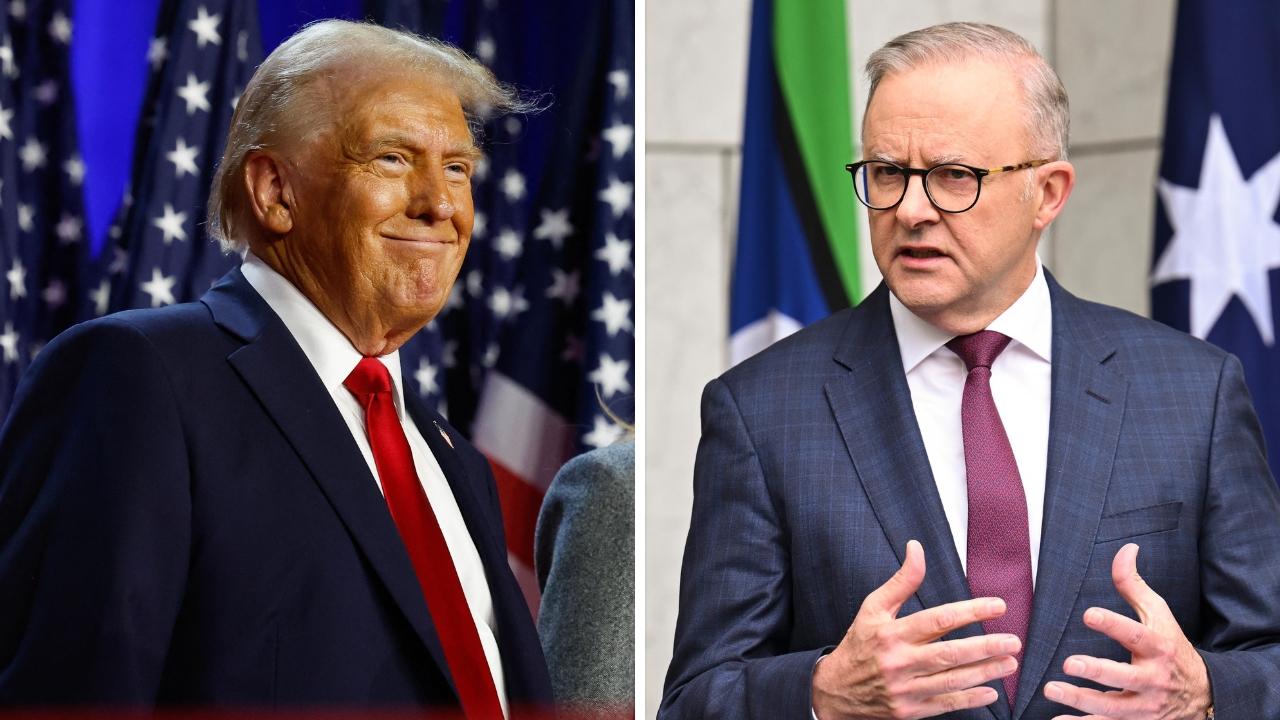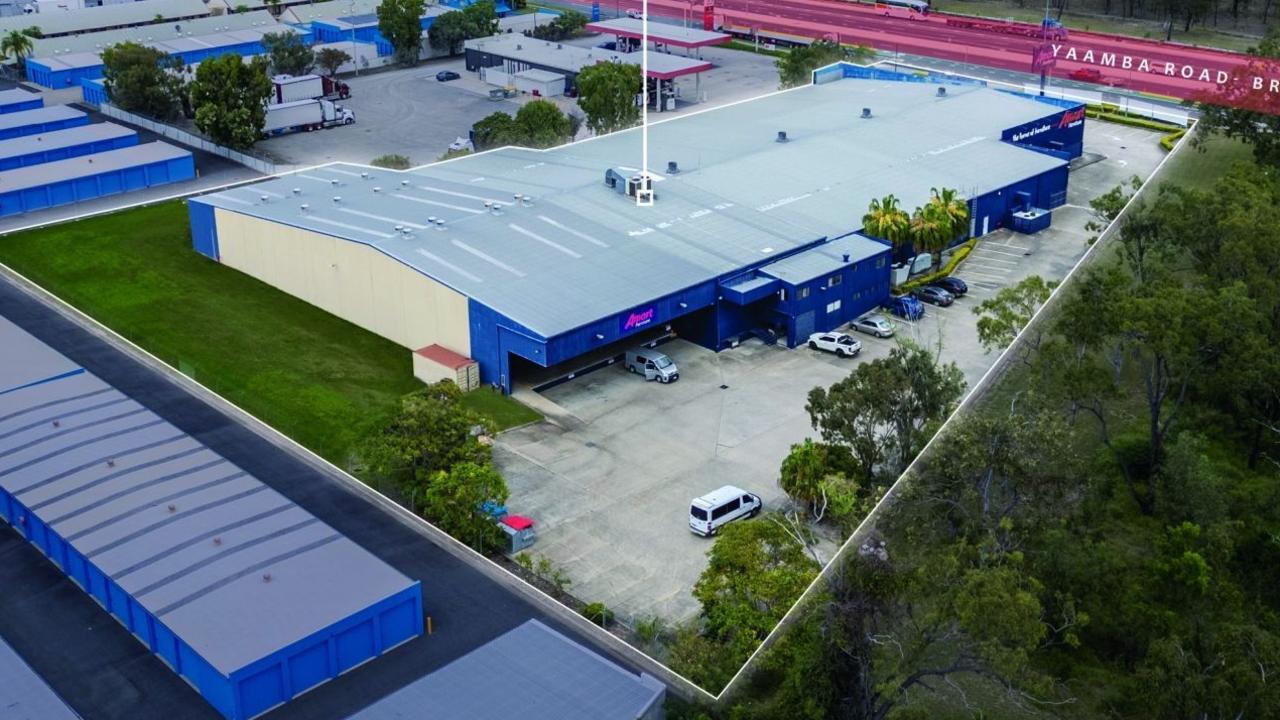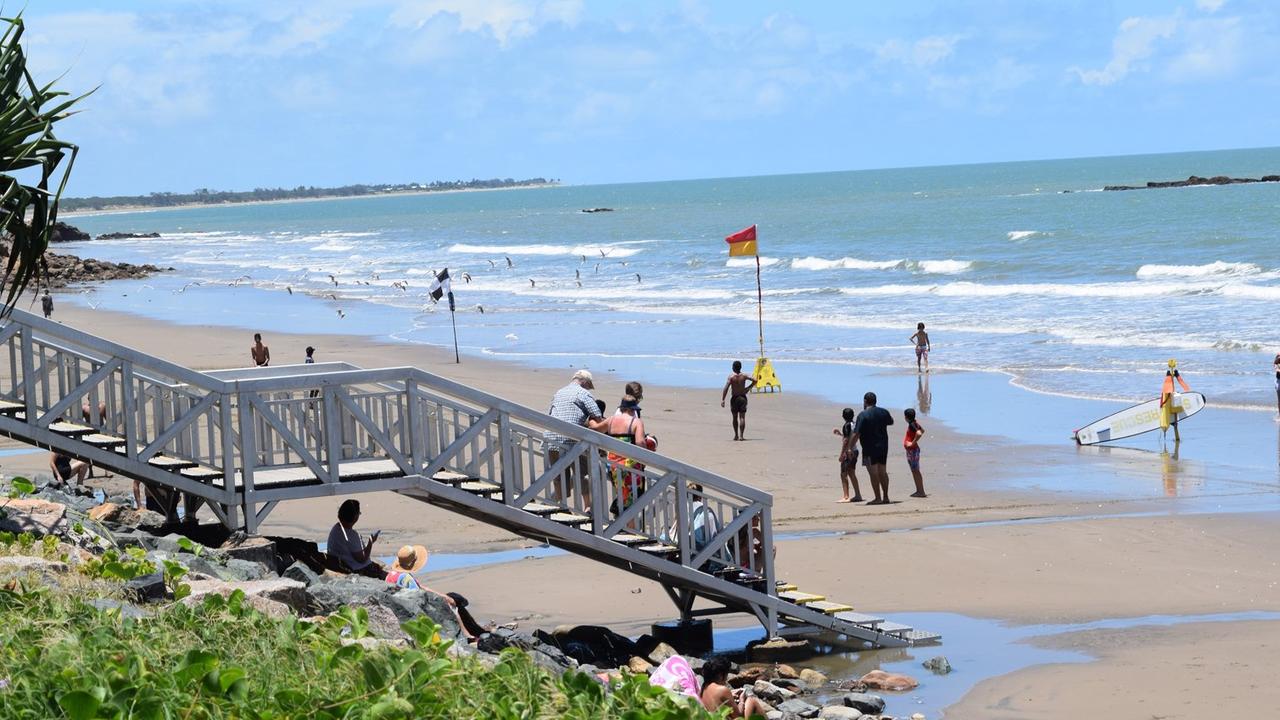How much BHP, Glencore, Rio Tinto mining executives earn
As the push for renewable energy continues, the pay packets of the people sitting in the big chair of some of Australia’s top mining companies have been revealed.

Business
Don't miss out on the headlines from Business. Followed categories will be added to My News.
Mining industry representatives say the future of the sector still looks bright, despite the push for renewables - and are earning the pay packets to prove it.
Not one of the state’s top mining executives earns under $1 million per year, with one executive in particular taking home an eye-watering $20m-plus wage.
But just how long will those pay-packets last?
Around Central Queensland alone there are dozens of renewable energy projects, such as wind farms, either waiting approval or getting underway.
The Queensland Government’s Energy and Jobs Plan includes targets for 70 per cent renewable energy by 2032, and for all coal-fired power stations to be operating as clean energy hubs by 3035.
Queensland Resources chief executive Ian Macfarlane said, despite the push for renewables, the medium to long-term outlook of the mining industry was “very encouraging” with record export prices and growing demand for new commodities opening new markets and bringing in new investors.
However, he said there would be challenges.
“Queensland has the resources the world needs now and into the future but faces challenges in reaching its full potential through misguided government policy and regulation. The Queensland Government’s snap decision to impose the world’s highest coal royalty tax has thrown a cloud over the long-term future of one of our state’s most important industries,” he said.

“Latest figures confirmed the resources sector’s critical importance to Queensland.
WORTH $95 BILLION, 450,000 JOBS
“It contributed $94.9 billion to the Queensland economy in the 2021/22 financial year and supported the jobs of around 450 thousand men and women.
“With the right policy settings, the resources sector will continue to underpin Queensland’s economic strength for many decades to come as the world transitions to a net zero future.”
However, Mr McFarlane said “with the right policy settings” the resources sector would continue to underpin Queensland’s economic strength for many decades to come as the world transitions to a net zero future.
“The International Energy Agency expects global thermal coal use to peak around 2025 but remain part of the world’s energy mix well into the next decade at least,” he said.
“Queensland’s metallurgical coal, our biggest export, will continue to help build the infrastructure our trading partners need to help their economies develop and grow, raising the living standards for millions of people around the world. Queensland Treasury analysis of the outlook for metallurgical coal sees exports continuing past 2050.
“One of the fastest routes to decarbonisation is the electrification of sites and the resource industry has led this charge. Many of the first wave of renewable generation projects in the Darling Downs have been enabled by the investments in electricity transmission made by the export LNG industry.”
Mr McFarlane said the state was well positioned to play a key role in providing the rare earths and critical minerals needed or new technology in industries including health, defence, communications and clean energy.
“We have the reserves of critical minerals like cobalt, tungsten, vanadium, titanium and others that the world is looking for, which offers tremendous long-term opportunities that will ensure a strong future for our resources sector,” he said.
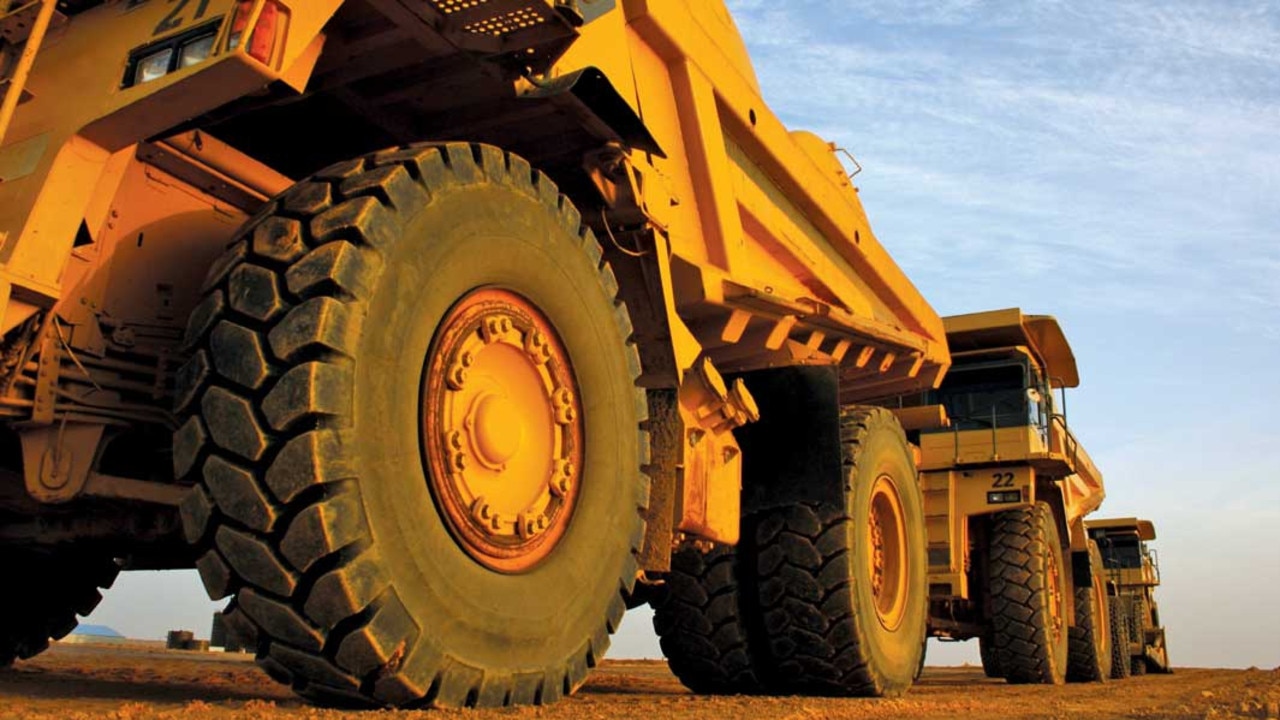
GOVT SAYS IT STILL SUPPORTS SECTOR
Queensland Resources Minister Scott Stewart assured the government was a “strong supporter” of the resources sector.
“That’s why last June, I launched the Queensland Resources Industry Development Plan – this government’s 30 year vision to grow and transform the resources sector and seize the opportunities of the future for all Queenslanders,” he said.
“This government is committed to working with industry to ensure Queenslanders have the training they need for the jobs of today and the jobs of the future across the whole resources sector: exploration, to extraction, processing, advanced manufacturing, and the METS industry. We are also partnering with the Federal Government to prepare, train and upskill current and future workforces – particularly in regional Queensland – as well as developing an industry-specific Queensland Resources Industry Workforce Plan.
“We are investing heavily in developing new opportunities in our resources sector, which is why the Premier and I recently announced we’re putting Australia’s first-ever critical minerals demonstration facility in Townsville. This $75 million facility will support the creation of thousands of good skilled jobs for Queenslanders across the supply chain.”
Australian Conservation Foundation Gladstone campaigner Jaclyn McCosker said a workers guarantee to help employees from the power stations into new opportunities.
‘QLD MUST MOVE FROM FOSSIL FUELS’
“Queensland has every reason to move quickly away from fossil fuels and become a leader in cutting emissions,” she said.
“Natural wonders like the Great Barrier Reef, the Daintree and the Wet Tropics are highly vulnerable to climate change, which is being fuelled by burning coal and gas.
“The government’s plan includes a ‘workers guarantee’ to help employees from coal-fired power stations into new opportunities. This is welcome and is a big step forward. We need a similar plan for workers in the fossil fuel mining industry.”
Ms McCosker said Australia was “well placed” to thrive in a low carbon world.
“Australia is rich in the critical minerals and metals needed for clean energy technologies, meaning we are well-placed to thrive in a low-carbon world.
“Although coal and gas are recording record profits now, due to the war in Ukraine, the world is moving to renewable energy at breakneck pace because fossil fuels are driving climate change and renewables are cheaper, cleaner, safer and more reliable.
“Replacing coal and gas with renewables will require a rapid and large-scale build of renewable energy, transmission infrastructure and critical mineral mining. This process must not harm nature and must proceed with the free, prior and informed consent of Traditional Custodians.
“Queensland’s resources sector can continue to have a strong future if it reduces its reliance on coal and gas and increases the production of minerals and metals needed for a net-zero world. Australia needs to plan for this future by not approving any new coal and gas projects, phasing out existing projects and supporting workers to new opportunities via an Energy Transition Authority.”
HOW MUCH MINING EXECUTIVES ARE PAID
BHP
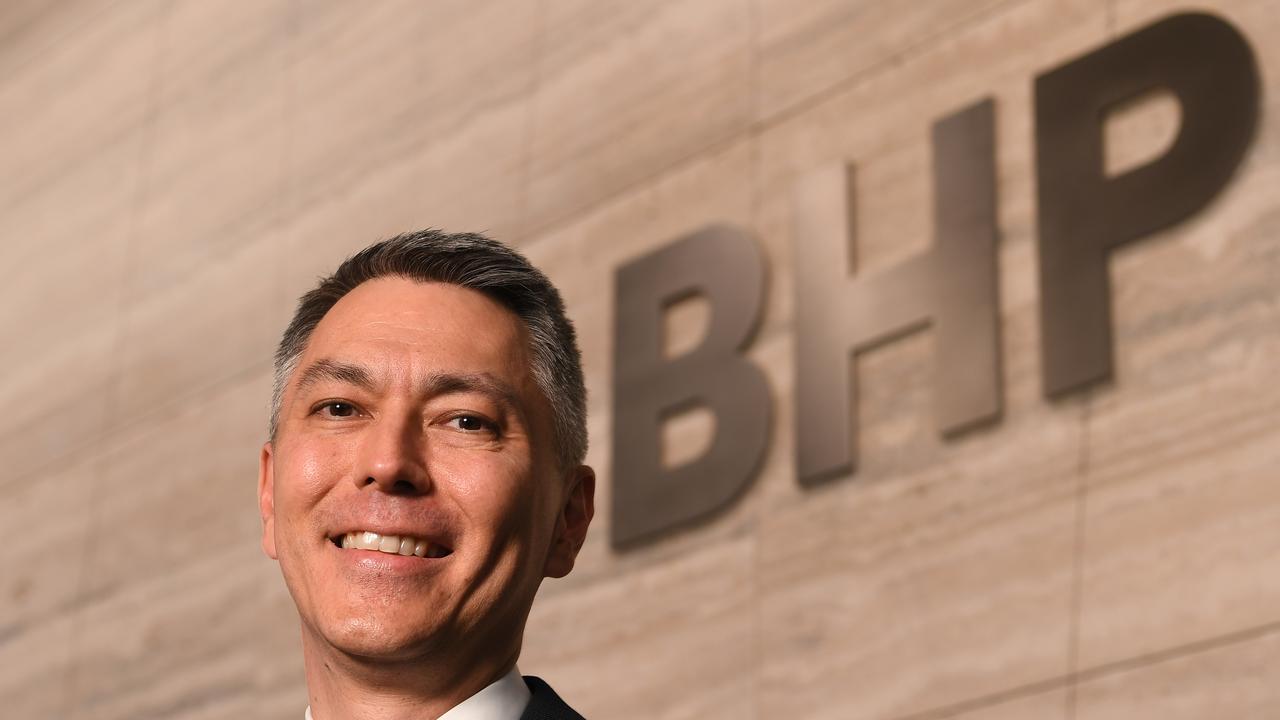
Executive - Mike Henry
Pay packet - $US14.667m for FY22 = AUD $21,263,333
Bio - Mike Henry was appointed BHP CEO in January 2020. Mr Henry has more than 30 years of experience in the resources industry including in Australia, Asia, North America, and Europe. Before becoming CEO, Mr Henry led BHP’s minerals business in Australia. He has been with BHP since 2003 and has held leadership roles spanning operational, commercial, and technical. Mr Henry was President Coal from 2015-2016 and President HSE, Marketing and Technology from 2013-2014. Mr Henry has been a member of the Executive Leadership Team since 2011.
RioTinto

Executive - Jakob Stausholm
Pay packet - $4.48m in 2021
Bio - Jakob Stausholm became chief executive of Rio Tinto in January 2021. He joined the company in 2018 as Executive Director and Chief Financial Officer. Prior to joining Rio Tinto, Mr Stausholm was the Chief Strategy, Finance and Transformation Officer for the Maersk Group, with oversight of the Group’s strategy, digitisation, IT, legal as well as the transformation and shared services functions. He also served as Group CFO of the global facility service provider ISS. Before this Mr Stausholm worked for 19 years for Shell across Europe, Latin America and Asia-Pacific, including as Vice President, Finance for Asia-Pacific, and earlier, as chief internal auditor.
Glencore

Executive - Gary Nagle
Pay packet - US$4,108,000 = AUD $5,958374
Bio - Gary Nagle joined Glencore in 2000 in Switzerland as part of the coal business development team. Mr Nagle worked for five years (2008-2013) in Colombia as CEO of Glencore’s Prodeco operation. He then moved to South Africa to be Head of Glencore’s Ferroalloys assets (2013-2018). Following that he was the Head of Glencore’s Coal Assets based in Australia. He also served on the Board of Lonmin plc from 2013 - 2015 and has represented Glencore on the Minerals Councils of Australia and Colombia. Mr Nagle was appointed Glencore CEO in July 2021.
Anglo American
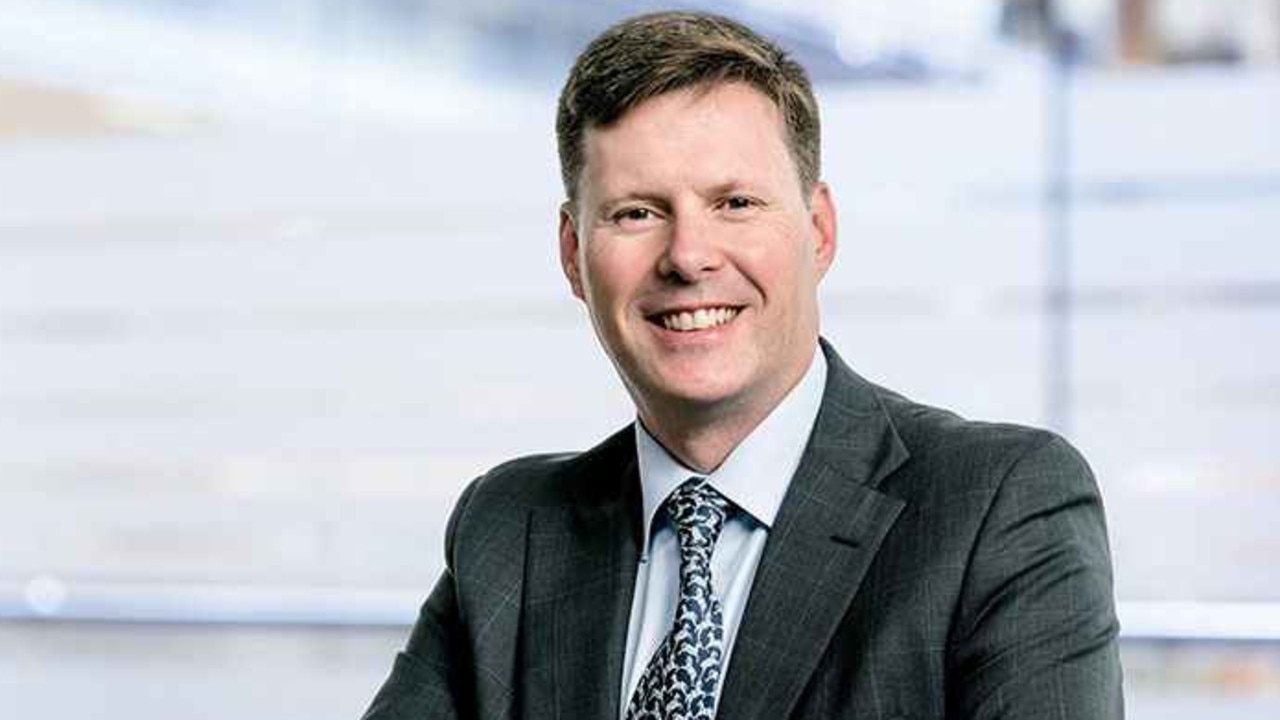
Executive - Duncan Wanblad
Pay packet - £1,250,000 per annum = AUD $2,180,144
Bio - Duncan Wanblad was appointed Anglo American CEO in April 2022, succeeding former executive Mark Cutifani. Mr Wanblad has 30 years of international mining experience. He chairs the Group Management Committee, having served as a member since 2009. He is chairman of De Beers, and a non-executive director of Anglo American Platinum and Kumba Iron Ore. From 2016 to April 2022, Mr Wanblad was Group Director – Strategy and Business Development, also serving as CEO of Anglo American’s Base Metals business from 2013 to 2019. Until April 2022, he chaired the Anglo American Foundation.
Fortescue Metals
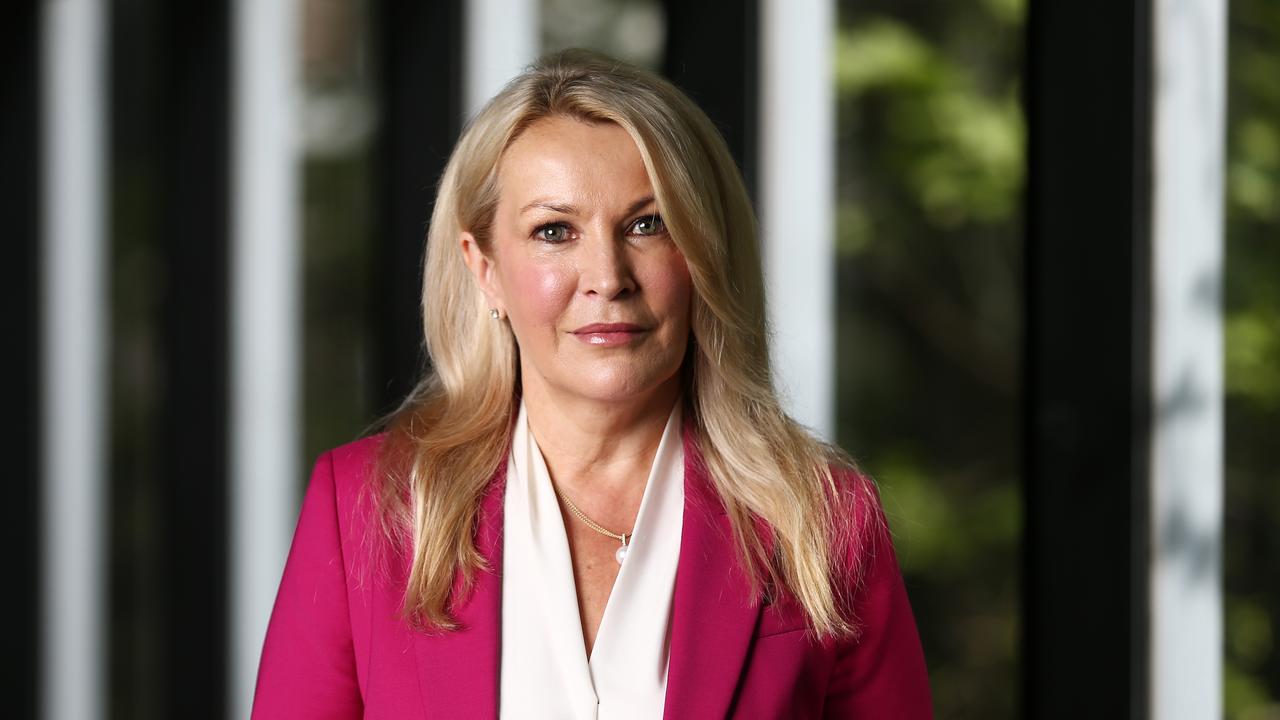
Executive - Elizabeth Gaines
Pay packet - $6.6 million
Bio - Elizabeth Gaines is Non-Executive Director and Global Ambassador of Fortescue. Ms Gaines led Fortescue as Chief Executive Officer and Executive Director from February 2018 to August 2022, after joining the Executive Team as Chief Financial Officer in February 2017 and serving on the Fortescue Board as a Non-Executive Director from 2013. She has significant experience in the resources sector and exposure to the impact of the growth in Asian economies, particularly China, on the Australian business environment and economy as well as a deep understanding of all aspects of financial and commercial management at a senior executive level in both listed and private companies. She is a former Chief Executive Officer of Helloworld Limited and Heytesbury Pty Limited and has previously held Non-Executive Director roles with Nine Entertainment Co. Holdings Limited, NEXTDC Limited, Mantra Group Limited and ImpediMed Limited.
New Hope Group

Executive - Rob Bishop
Pay packet - $956,292 6-months’ base remuneration
Bio - Rob Bishop was appointed New Hope Group CEO in February 2022. He has more than 20 years of experience in finance and executive leadership roles across the resources and manufacturing industries. Before joining New Hope Group he spent two years as Chief Financial Officer at AMCI and had leadership roles at Vale Australia’s coal division. Rob joined New Hope Group as General Manager Corporate Development in 2019 and was subsequently appointed as the Chief Financial Officer in October 2020 prior to his more recent CEO appointment.
Sojitz Corporation

Executive - Masayoshi Fujimoto
Pay packet - 174 million yen = AUD $1,879,008
Bio - Masayoshi Fujimoto is the president and CEO of Sojitz Corporation. Mr Fujimoto has held the position since 2017. Sojitz Corporation is the parent company of Sojitz Blue which operated a number of mines in Australia. The Sojitz Blue mines include Gregory Crinum, Meteor Downs South and Minerva Mine.
More Coverage
Originally published as How much BHP, Glencore, Rio Tinto mining executives earn





